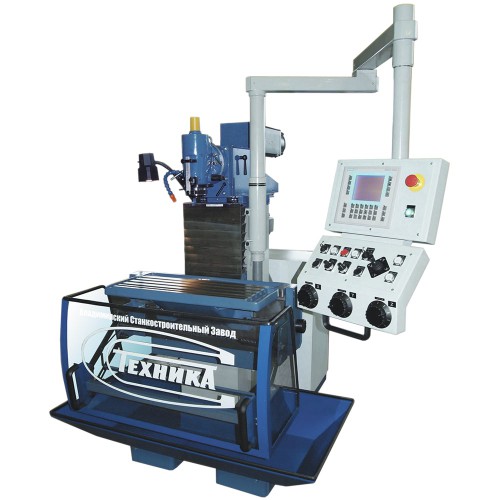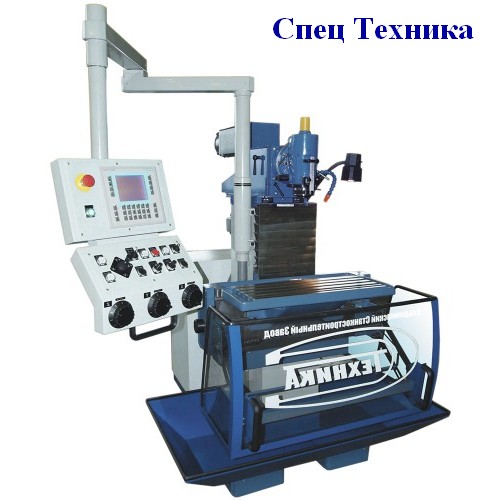 Recently increased and increased the pace of production. There is a growing need in the production of articles from metal, wood and plastic. For the production of such parts using milling machines. Let’s see what are they and what is the difference. First we note that the milling machine also has an optional name of the tool, this name combines instrumental milling machine. This is an important feature, because when you search online you can find both names.
Recently increased and increased the pace of production. There is a growing need in the production of articles from metal, wood and plastic. For the production of such parts using milling machines. Let’s see what are they and what is the difference. First we note that the milling machine also has an optional name of the tool, this name combines instrumental milling machine. This is an important feature, because when you search online you can find both names.
Types of milling machines
- Horizontal milling machines
Different direction of the spindle or its location and, accordingly, is moved in the horizontal plane.
When working with this type of machine used mills: end, disk and cylindrical. The feed of the workpiece for processing can be carried out in one of several directions: vertical, transverse or longitudinal. - Vertical
Differs from the previous embodiment by the arrangement of the spindle. In this machine it is placed vertically. Some models have the functional extension, and can have the possibility of displacement along the axis. The difference between them not only in position but also in the form of a flange. - Universal
Their key feature is the ability to produce machining of workpieces in vertical and horizontal direction. Work may be performed in the following types of mills: mechanical, disk, cylindrical, angular, etc. Universal type combines the functions and features horizontal and vertical milling machines. You can set the spindle in the horizontal, vertical and inclined direction. Different improved functionality and increased technological capabilities. This universal milling machine can be purchased from the Vladimir machine-building plant “Technique”. Equipment a variety of features and improved functionality, which facilitates the work of staff. This instrumental machine is a high precision equipment, so it can be used to process surfaces for complex parts. The plant produces several models of these versatile milling machines with different desktop size, functionality and processing methods. - Milling machines
Such equipment is divided into machines with one stand or two. Is installed and used for working with large workpieces. Works with the following cutters: disc shaped, cylindrical, end. A distinctive feature of the machine is moving along the guide with two rotary milling heads. A couple of other milling heads moves along the guide rails of the traverse. Machining of parts may be made when the material feeder and the stationary cutters, or Vice versa. There is also the possibility to work with moving heads and moving table with the workpiece.



